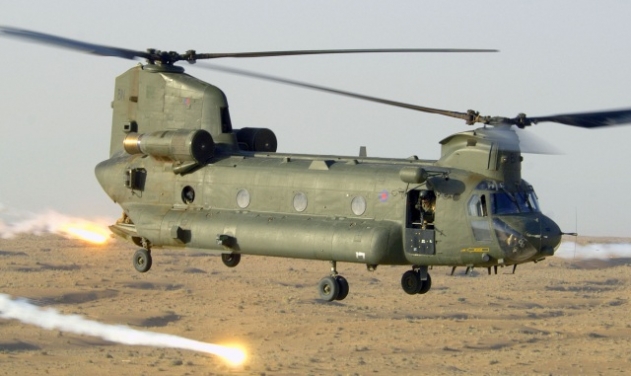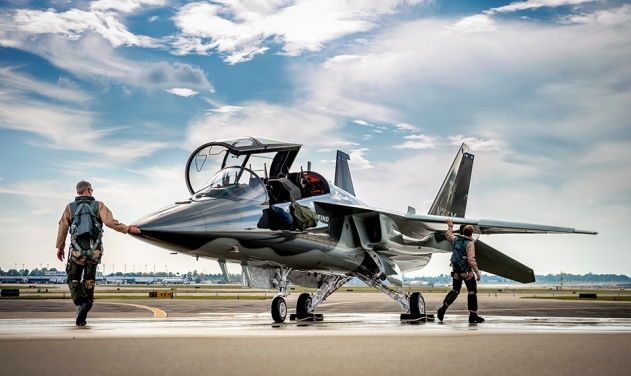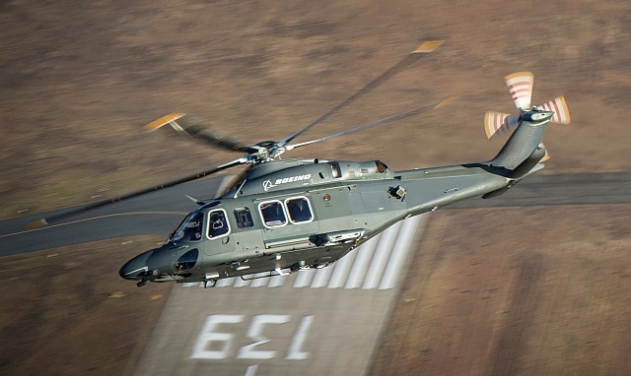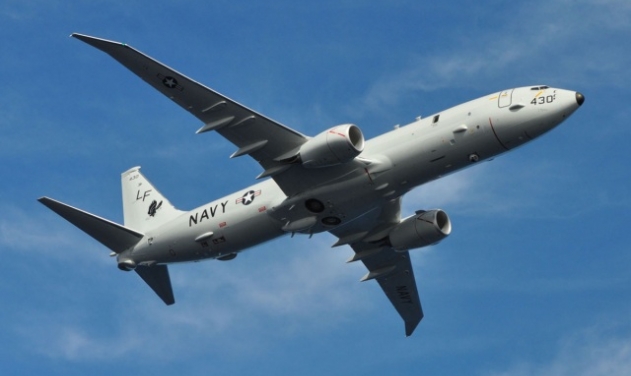UK Eyeing Boeing E-7 Wedgetail Airborne Early Warning Aircraft

The United Kingdom’s Ministry of Defense (MoD) is in discussion with Boeing and the Royal Australian Air Force to replace the current sentry fleet with E-7 Wedgetail Airborne Early Warning and Control (AEW&C) System.
Defence Secretary Gavin Williamson made the announcement ahead of this week’s NATO conference. The E-7 Wedgetail System is able to fly for long periods of time and manage the battlespace from the sky, providing situational awareness and tracking multiple airborne and maritime targets at the same time. It then uses the information it gathers to direct other assets like fighter jets and warships. It has already been proven on operations in the battle against Daesh in Iraq and Syria, the UK MoD said in a statement Wednesday.
Further discussions are set to take place before any investment decision is made, to ensure the aircraft meets the military requirement and represents value-for-money. If selected, UK industry could be involved significantly with the programme, from modification work to through life support, the ministry said.
Defence Secretary Gavin Williamson said, “The Wedgetail is the stand-out performer in our pursuit of a new battlespace surveillance aircraft, and has already proved itself in Iraq and Syria.”
Our future with Australia will already see us operate the same maritime patrol aircraft, world-class Type 26 warships and supersonic F-35 jets. Wedgetail may join that formidable armoury and help us work together to take on the global threats that we both face.
Following market analysis and discussions with other potential providers, the MOD has concluded that the potential procurement of the E-7 represents the best value for money option for the UK against need, whilst representing a significant opportunity for increased defence cooperation and collaboration with our key ally Australia.
The MOD will work closely with Boeing to ensure Britain’s leading defense industry could also benefit from any deal.
The Wedgetail uses a standard Boeing 737 airliner modified to carry a sophisticated Northrop Grumman active electronically-scanned radar and can cover four million square kilometres over a single 10-hour period. If selected, it would replace the E-3D Sentry, which entered service in 1992. The aircraft is based on the Boeing 737 airliner family as is the P-8A Poseidon maritime patrol aircraft due to enter service in 2019.













